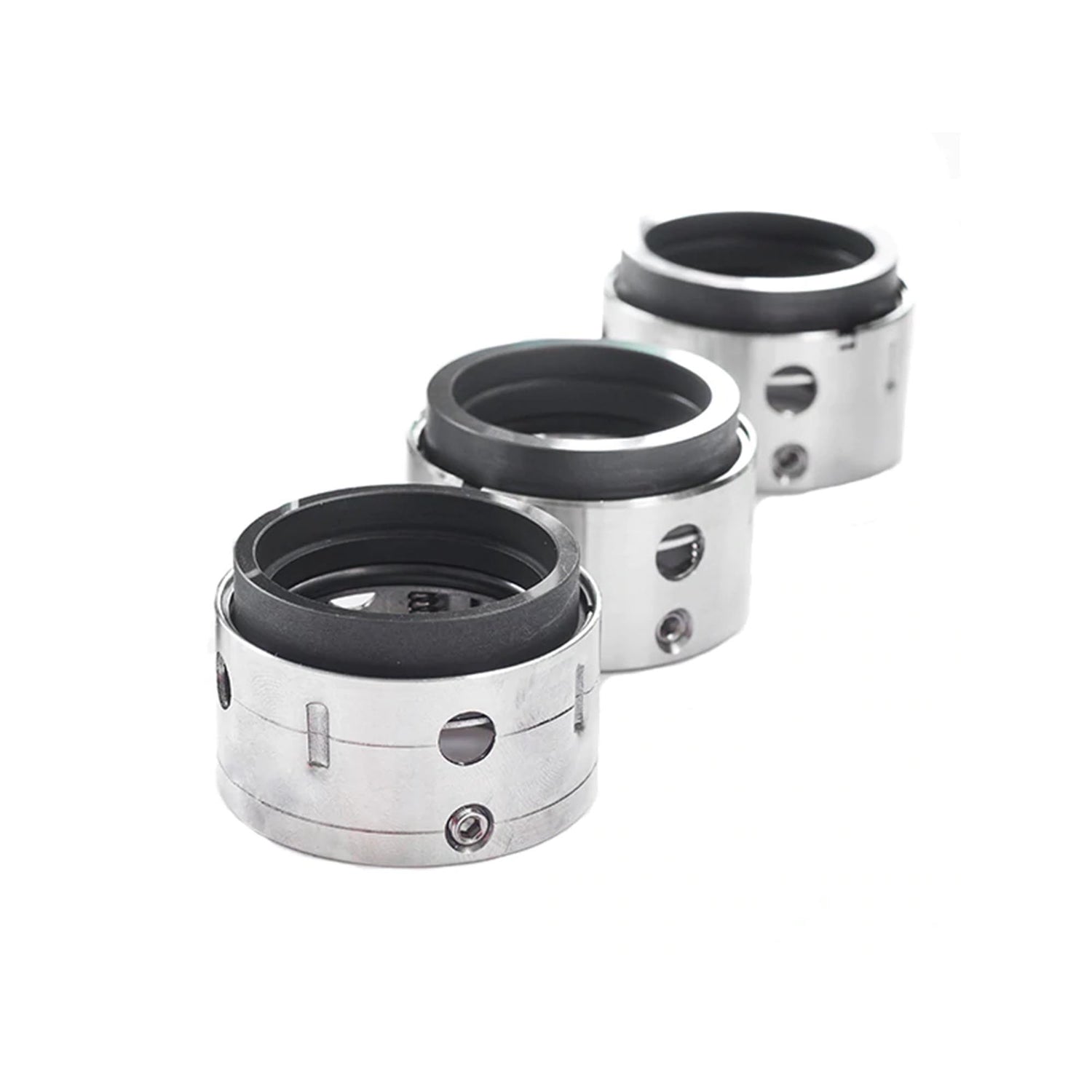How do Mechanical Seals work?
A mechanical seal can be used to create a sealing face in any system where rotating shaft protrudes from or into a housing. The vessel may be filled with fluids or be under pressure but the seal must maintain the rotating action and be reliable. Gland packing was traditionally used for this purpose but in higher specification machinery a mechanical seal is necessary.
There are slight variations to this but this is the general principle to which all mechanical seals work.
See a mechanical seal in action in our 2 minute video

The 3 main parts of a mechanical seal
In a regular mechanical seal, there are three basic mechanisms working to maintain the seal; the stationary seat/face, the rotating face and the spring.
Ensuring these parts meet the requirements for it's intended use is key to getting the perfect seal.

The main types of Mechanical Seals
Mechanical Seals come in many types, with endless variations, to meet the varying requirements of each equipment or machine.
The 4 most common types of mechanical seals are; Rubber Diaphragm, Rubber Bellows, O-Ring Mounted & PTFE Wedge.
Take a closer look at these seal types and how they work.
Our Mechanical Seals range
We can supply replacement seals for most major manufacturers: Eagle Burgmann, John Crane, Roten/Uniten, AES, Alfa Laval, Grundfos, MTU, PAC-Seal, US Seal and more.
Need help finding your perfect seal?
-
Identify the seal you need
Use toolOur Mechanical Seal Idenitifcation tool can help you indentify the seal you need by selecting the key design features.
-
Know your material
View guideOur Mechanical Seals Materials Guide can tell you which material will give you the perfect seal.
-
Check Chemical Compatibility
Check materialsFind the perfect material for your requirements by it's compatibility with the chemical you need to seal.

